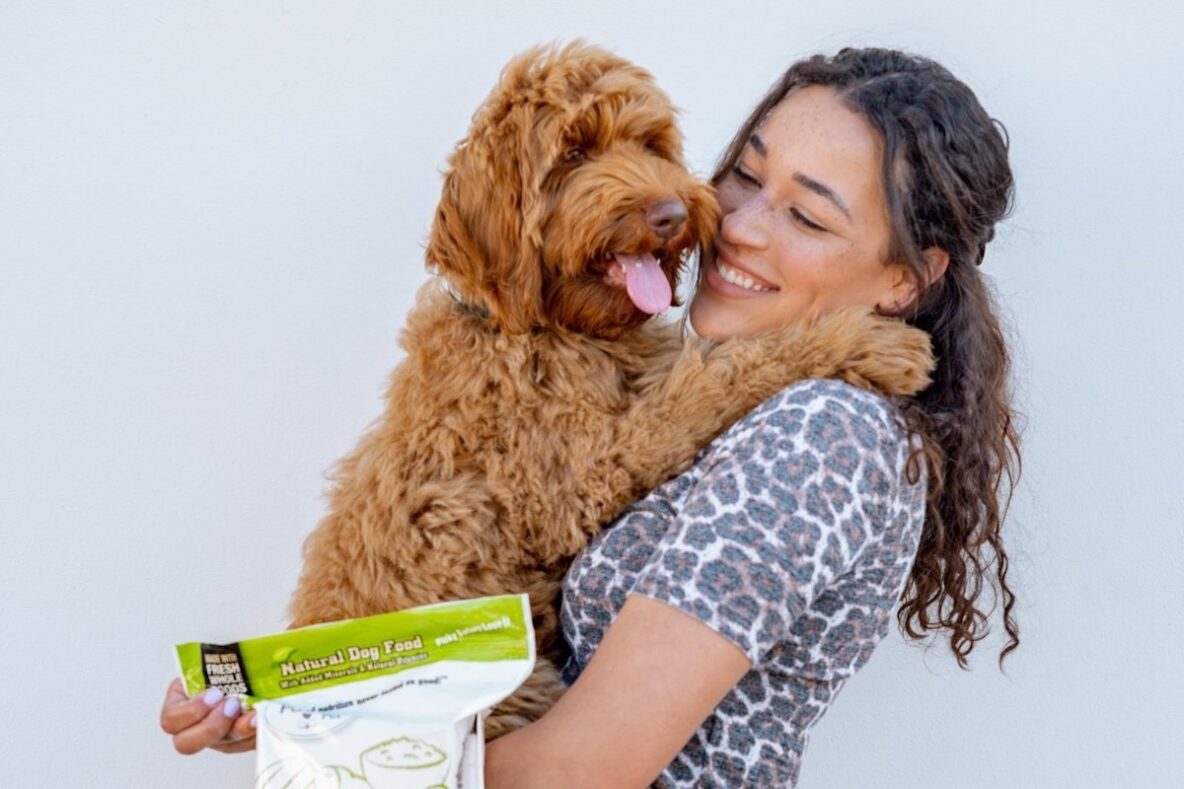Whether people visit you at home or you run into people when you’re out and about, at some point you’ll need to introduce your dog to other people. While your dog doesn’t literally have to shake paws, you’ll want to teach your dog how to meet people appropriately. (Sometimes you’ll need to teach people how to greet your dog too!)
Making Introductions at Home
Teaching greetings, as with other things you teach your dog, requires repetition and practice. Having a few key commands under your belt can help with this process.
Try one of these approaches:
- Reward a calm approach. Instruct your visitors not to respond to your dog if she jumps up. Your visitor can look away or turn their back. Have your visitor respond with attention when your dog stops jumping up or approaches calmly. Practice first by teaching your dog your expectations when you enter the house. Then plan some visits to practice greetings.
- Have your dog Sit and Stay when the doorbell rings. Or instruct your dog to go to a specific “Place” and wait for permission to come and greet the guests. command Be sure to “Release” your dog when when you are ready to greet your visitor. Again, reinforce good behavior. Include your guests in the training exercise, letting them know they may have to wait for a moment while your dog goes to his “Place”, and asking them not to respond to a dog who is jumping or barking.
- Some people use a leash to control the interaction initially. If you are uncertain how your dog will react, are early in voice training, or have particular concerns (like an exuberant dog knocking over a child), a leash allows you to redirect as needed.
- Don’t force it. If your dog isn’t eager to meet new people, don’t push it. Let your dog come greet the visitor when she is ready.
Meeting People When You’re Out
 You’re out for a walk or running errands and somebody asks, “Can I pet your dog?”
You’re out for a walk or running errands and somebody asks, “Can I pet your dog?”
First, thank them for asking, especially if it is a child who should always be encouraged to ask before petting any dog, even when the tail is wagging. This is your opportunity to control the greeting. You may want to have your dog sit, as it’s harder for a dog to jump up on somebody if sitting. While you don’t give the other person commands, it’s okay to ask them to greet your dog in a way that is not threatening to your dog. For example, ask them to:
- Let your dog approach or sniff them before they greet your dog
- Pat your dog on the chest instead of reaching over your dog’s head
- Ignore your dog or step away if your dog starts to jump up
As with greetings at your house, you can practice greeting people outside your home. Plan to “run into” a few friends while out on a walk, or visit local pet friendly park. Most people are happy to participate in training exercises that encourage good behavior. When approaching others, instruct your dog to “Heel” so they are walking calming at your side. Ask your friends to talk to you and ignore your dog first. This helps to teach your dog to wait patiently until “Released” to greet.
At first, you should praise your dog for the behaviors you want and redirect as needed. As your dog gets the hang of appropriate greetings, your friends can respond with praise, pats, or treats. Keep practicing until your dog is able to greet people you encounter acceptably.
Pay Attention to Greetings
As a dog parent, be aware of both sides of a greeting.
Watch for signs that your dog is scared or uncomfortable around new people. If your dog gets nervous meeting people, it’s okay to say No to requests to say hi to your dog or to ask people to let your dog greet them first.
Remember that while there are a lot of dog lovers out there, some people don’t like or are afraid of dogs. If somebody doesn’t want to greet your dog, respect that and teach your dog to move on with you.
Try to anticipate the unexpected. Children, especially, can be unpredictable, and sudden movements or loud noises can startle even normally calm dogs. When approaching people with dogs, pay close attention to signs from their dog to determine whether they are comfortable around other dogs or people.
Most people (and most dogs) will be happy to meet your dog, though, especially if you’ve done your training and your dog knows how to meet people in a people-friendly way.

